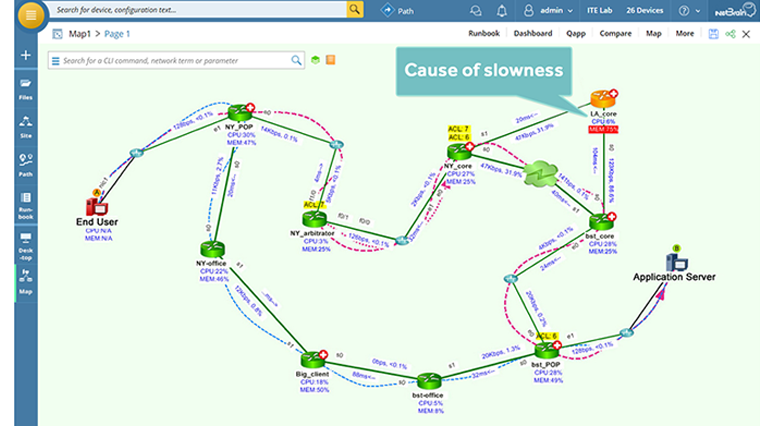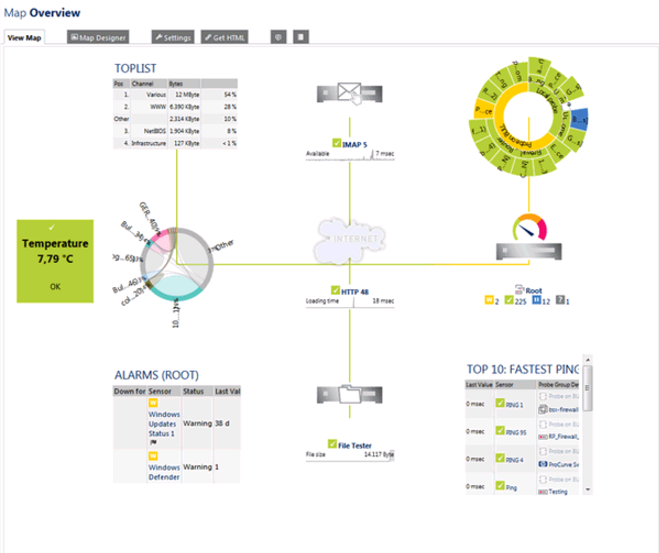

You cannot insert customized icons from outside PRTG.You cannot draw any lines between items or put any additional pictures or graphics except for a background image.Please note that you cannot do the following in the Map Editor: You can then change the associated monitoring item, template, the HTML as well as the position and size: Edit item settings by clicking the "Settings" link in the black "grip bar" at the top: A dialog will appear, similar to the one you already saw while adding a new map item.Delete the item by clicking the "Delete" link in the black "grip bar" at the top.Resize the item by dragging the small arrow at the bottom right corner.the name of an IP sensor), you will leave the Map Editor and enter the object's details page. Remark: If you click on an object's name instead of the black "grip bar" (e.g. If you move an item outside the map area, the Map Editor will move it back in automatically. Move the item by clicking and dragging the black "grip bar" at the top.There are over 50 different map item templates available, the basic types are:Īs soon as you have added an item to the map you can modify it as follows: PRTG will try to arrange the objects on the map automatically.
#Prtg map designer examples code
You can optionally specify the size in pixels and add your own HTML code before and after the map element, too. To add an item to the map click on the button "Add Map Item":Ĭhoose one or more groups, devices or sensors from the device tree on the left and select a map item template from the template list on the right. Click "Continue to Step 2" and you will be taken to the new map.Ĭlick on the "Map Editor" tab to enable the Map Editor: Enable "Allow Public Access" if you want users without a PRTG user account to be able to view the map. To get started select "Maps | Add Map" from the main menu:įill out the fields and optionally select a map background image. Here are a few sample maps which include live monitoring data: Public maps contain a unique access key ("Map ID") in the URL that secure the map from unwanted visitors. Users who want to access the map either need an account in your PRTG installation, or can access a "public URL" of the map if you enable the "Public Map" feature. Each map has a unique URL which can be used to link to the map. Using the AJAX-based map editor, you can place the items anywhere on the map and you can also control the size of the items. You can also specify the size of the map. A set of map items, which can include sensor status icons, graphs or lists of sensors.your company logo or a graphical view of your network). An optional background image (a PNG/GIF/JPG file, e.g.Technically a map is a normal web page and consists of the following: Create Top 10 lists of the sensors of a specific group or device.Create a custom view of the most important sensors in your monitoring setup.Create a quick network overview for publishing on the Intranet, allowing at-a-glance information for management of other employees.Create quick views of your network that can be shown on network operations center screens.Create network maps with an overlay of status icons for each device on the map.

There are countless possibilities for the implementation of maps.

PRTG's "Maps" feature (which also sometimes referred to as "dashboards") is a unique concept that enables the user to create web pages with up-to-the-minute monitoring status information in a customizable layout.


 0 kommentar(er)
0 kommentar(er)
